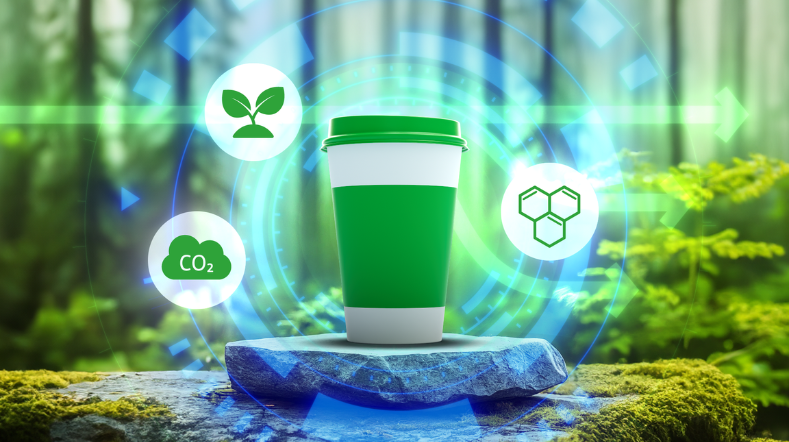
Circular solutions for plastic packaging
Many plastic packaging materials are currently difficult to recycle. In an effort to change this, TNO is researching new circular packaging solutions. If we ultimately want to make packaging 100% circular by 2050, we will, after all, need high-quality materials that can be used to create new packaging. To make this a reality, all parties within the packaging value chain will need to work together, from raw material suppliers through to recyclers.
Sustainable packaging challenges
EU legislation requires plastic packaging to be recyclable by 2030. Different types of plastic packaging will then have to contain a certain percentage of recycled material (recyclate). The ultimate goal is to achieve 100% circular packaging by 2050.
This presents the packaging industry with a huge challenge, on a number of levels: Is there enough recyclate and is it of good enough quality to make new packaging? Food packaging also has to comply with safety requirements and must be suitable for processing on filling lines.
Recycled plastics, however, have different properties from today’s plastics, which are made from fossil raw materials. Nevertheless, future circular packaging – consisting exclusively of recycled or biobased plastic – will also have to meet the demands we place on current plastic packaging, such as leak-, air-, and/or odour-tightness.
Visit us at the K Trade Fair
You can find us at the world's largest trade fair for plastics and rubber.
8th to 15th October 2025, Düsseldorf, Germany
📍We will be in Hall 7, stand SC10
Packaging in a circular economy means eliminating all waste in the packaging chain and ensuring that no raw materials are lost. This requires us to minimise resource consumption by using fewer materials for packaging as well as by wasting less product (reduce). In addition, the raw materials used for packaging should come from renewable sources as much as possible. It is important that these sources are well managed so that important nutrients are preserved for nature and not depleted.
Moreover, product-packaging combinations, materials, and processes should be designed in a way that keeps raw materials circulating, by reusing packaging as much as possible (reuse) and continuously recycling materials (recycle). Lastly, it is important that product-packaging combinations are designed with the aim of eliminating all negative aspects. Here we are mainly talking about preventing negative impacts on the food supply, health, the water supply, land use, and air (through air pollution).
Design for and from recycling
For plastic packaging to become circular, the quality of the recyclate needs to be drastically improved so that the recycled materials can be used to create new packaging. We call this ‘design from recycling’. It is also important to design packaging materials so that they can be easily recycled. This is referred to as ‘design for recycling’. Current plastic packaging is designed with appearance, functionality, and cost in mind.
In collaborative projects, such as the two examples below, we are working with parties from the packaging value chain on circular packaging solutions. Here we are using our knowledge of Life Cycle Assessment (LCA) and we calculate the impact on the environment and total costs. We are also taking the generation and prevention of microplastics during recycling into account.
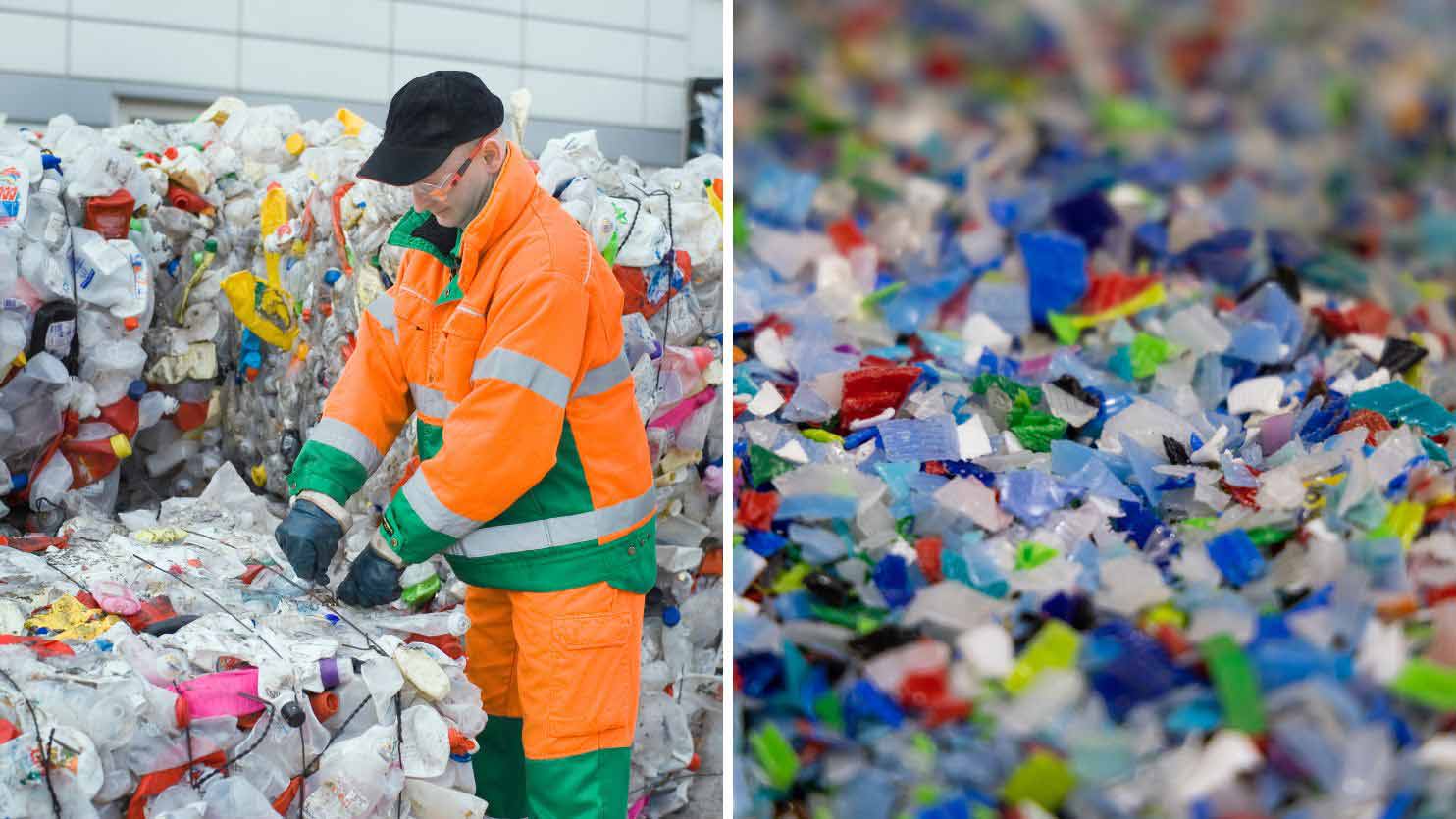
Recycling plastic food buckets
In all our projects we employ a systems approach, as part of which we look at design: What is needed to make this plastic packaging material recyclable? We focus in particular on packaging that currently has little to no recycling value, as this is where the greatest gains can be made. One example is our research into recycling plastic buckets that have contained mayonnaise or frying fat.
Research into fully recyclable packaging for soups and sauces
Some packaging – such as stand-up pouches for soups and sauces – consists of as many as seven layers of material, often made from different types of plastic. These layers prevent this packaging from being recycled into new packaging.
We are looking into ways to ensure that the packaging still protects the product using a material that is sealable, printable, and recyclable. For example, we are examining how soup and sauce packaging could be made from multiple layers of the same material so that it can be recycled.
Sealing is an art in itself
Using sustainable packaging materials made from a single type of material complicates sealing: the ‘sealing window’ becomes narrower and sealing processes need to be optimised and/or alternative sealing processes developed.
Another problem when it comes to sealing plastic packaging containing recycled material is that the properties of recycled plastic are not consistent. As the sealing process depends on the material properties of the packaging, the process will have to be optimised again each time a new batch of recyclate is used.
The sealing of circular packaging materials requires new, adaptive sealing materials, processes, and technologies. As this involves countless variables and a wealth of data, we use machine learning to calculate how the sealing process can be adapted to the material characteristics.
We then test the calculations of the predictive model, which are based on the self-learning machine-learning algorithms, in real-world applications. In the area of sealing we are working together with the University of Twente (UT).
Bringing stakeholders together
Besides conducting research into new, circular packaging solutions, TNO is also helping to connect industrial and commercial stakeholders and policymakers around the themes of recyclable and recycled plastics, packaging methods, and waste disposal.
As an independent party we are able to bring all these different parties together. This may take the form of a consortium. Within such consortia we are working with numerous leading players with the aim of making McDonald’s food packaging or Johnson & Johnson’s medical packaging circular, for example. Through such collaborative projects we are helping the packaging industry achieve its sustainability goals.
With our research we are contributing to the knowledge needed to eventually take the step towards circular plastic packaging that is designed to be easily sorted, recycled, and processed into new valuable applications.
Will you join us?
Want to know more about what we do in the area of circular packaging or want to contribute to its development with your organisation?
Make an appointment with Marieke or visit us at the K Trade Fair from 8 to 15 October in Hall 7, stand SC10.
Get inspired
Biobased materials
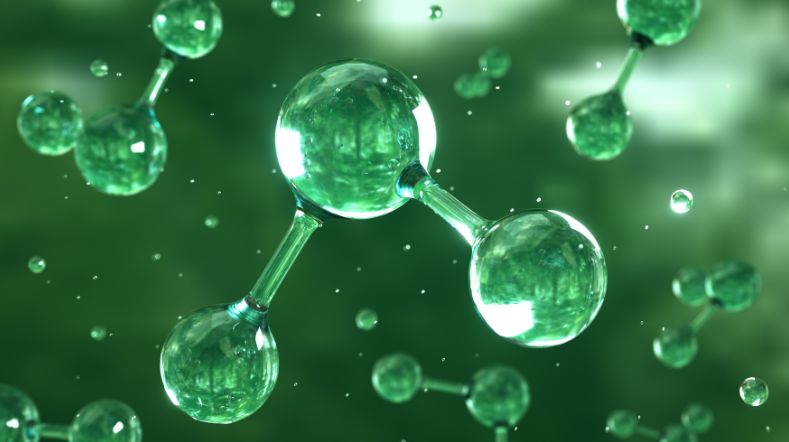

Enhanced solvolysis contributes to the future of composite recycling
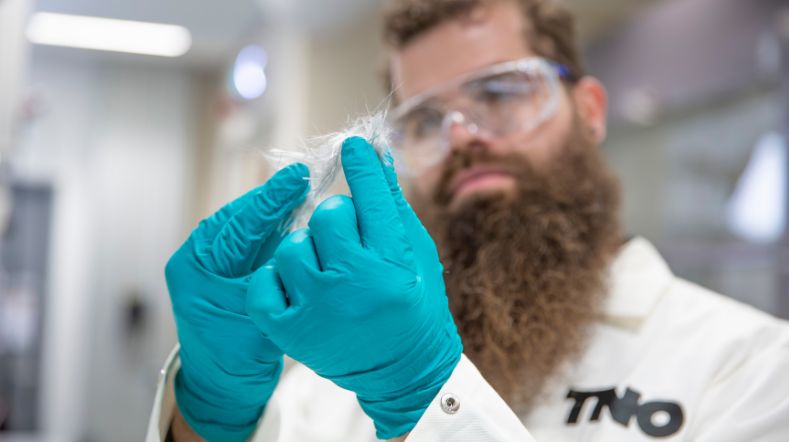

Collaboration for sustainability: better results through joint innovation
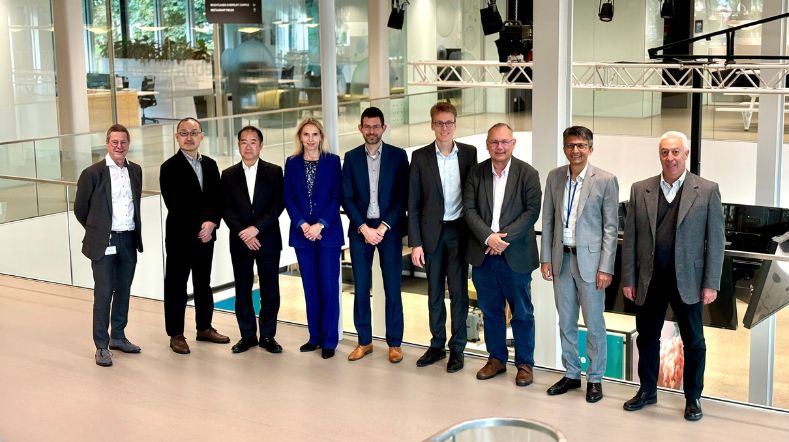

Webinar: Biobased plastics in a sustainable future
Biobased plastics
